 |
Bashkir people are very hospitable. ( Photo: Stylishbag.ru) |
The Bashkirs, also known as Bashkorts, belong to the Turkic ethnic group and are the indigenous inhabitants of the Bashkiria region with a population of about 1.6 million people.
In addition, they also live scattered in some regions of Chelyabinsk, Orenburg, Perm, Tyumen, Sverdlovsk of Russia and in some countries such as Ukraine, Hungary, Kazakhstan...
The Bashkirs are Sunni Muslims. Their traditions, lifestyle and customs are distinct from those of other Turkic peoples.
Nomadic culture
Until the late 19th century, the Bashkirs lived a semi-nomadic lifestyle. They traveled during the summer and lived in round tents covered with skins or felt on the steppes.
But over time they gradually moved to sedentary living, living in wooden or brick houses, and then modern houses.
 |
Bashkir people are very hospitable. ( Photo: Stylishbag.ru) |
The Bashkirs are patriarchal, with clear distinctions between the duties of men and women in the family. Elders are given special respect, and are responsible for presiding over holidays, resolving conflicts, and protecting family traditions.
The Bashkirs are very hospitable. Guests are always welcomed with a sumptuous feast and receive gifts when they leave. In the family, every newborn child is given a grand naming ceremony.
When the father dies, the house and property are passed on to the youngest son, while the older brothers and sisters in the family will only receive a share of the property while their father is alive and when they get married.
 |
| Bashkir women's headdresses are very elaborately decorated. (Photo: Stylishbag.ru) |
Rich Bashkirs were allowed to practice polygamy, as Islam allowed them to have up to four wives at a time. Previously, Bashkirs married their children quite early, when the bride was 13-14 years old and the groom was 15-16 years old.
Somewhere there is still a custom of betrothal for children in the cradle, according to which the wedding is considered to have taken place when the parents of both sides drink fermented mare's milk "kumis" or diluted honey from a porcelain bowl "piala".
The bride is given a dowry called “kalym”, which can be 2-3 horses, cows, several outfits, shoes, scarves or painted cloaks, the bride's mother is given a fox fur coat.
Colorful Tradition
The main Bashkir festivals are held in spring and summer. In spring, people across Bashkortostan celebrate the Kargatuy festival, when sacred black crows fly in, awakening the earth and sky from their long winter sleep.
This is an occasion for the Bashkirs to pray to the forces of nature for prosperity and a good harvest. In the past, only women and children were allowed to participate in the festival, but today men can dance with their families, then eat ceremonial porridge and leave the leftovers on rocks reserved for the crows.
 |
Bashkir children take part in a traditional archery festival. (Photo: Stylishbag.ru) |
When the spring farm work is over, the Sabantuy Festival begins. All the villagers gather in an open area and participate in competitions such as martial arts, running, horse racing and tug of war.
After the winners are awarded, a communal table is set with a variety of dishes, the most popular being the traditional “beshbarmak” (boiled chopped meat served with noodles).
In the past, this ritual was performed to ask the gods for fertility of the land and a good harvest, and over time it became a common spring holiday. Today, the residents of the Samara region celebrate Kargatuy and Sabantuy every year, thereby reviving the traditions of these unique holidays.
 |
| The Bashkir people have many traditional festivals. (Photo: Stylishbag.ru) |
In addition, traditional Muslim holidays are also observed, from Uraza Bairam (breaking the fast) to Eid al-Adha (ending the Hajj pilgrimage with the obligatory sacrifice of a ram, camel or cow), or Maulid Bayram (honoring the Prophet Muhammad).
The traditions of the Bashkir people are not only a part of the history of this people, but also an integral part of modern Russian life.
All are aimed at preserving family values, showing how each person should behave when living together, and most importantly, maintaining a close relationship between humans and the natural world .
Source


![[Photo] More than 124,000 candidates in Hanoi complete procedures for the 2025 High School Graduation Exam](https://vphoto.vietnam.vn/thumb/1200x675/vietnam/resource/IMAGE/2025/6/25/fa62985b10464d6a943b58699098ae3f)
![[Photo] General Secretary To Lam works with the Standing Committee of Quang Binh and Quang Tri Provincial Party Committees](https://vphoto.vietnam.vn/thumb/1200x675/vietnam/resource/IMAGE/2025/6/25/6acdc70e139d44beaef4133fefbe2c7f)
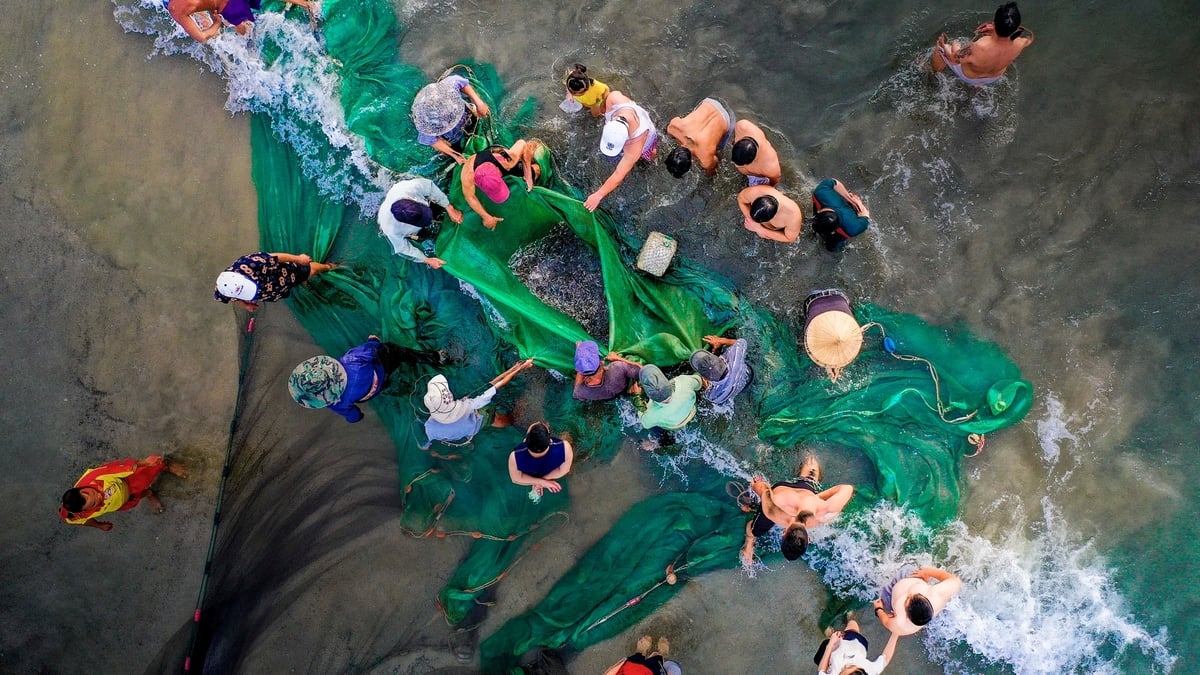

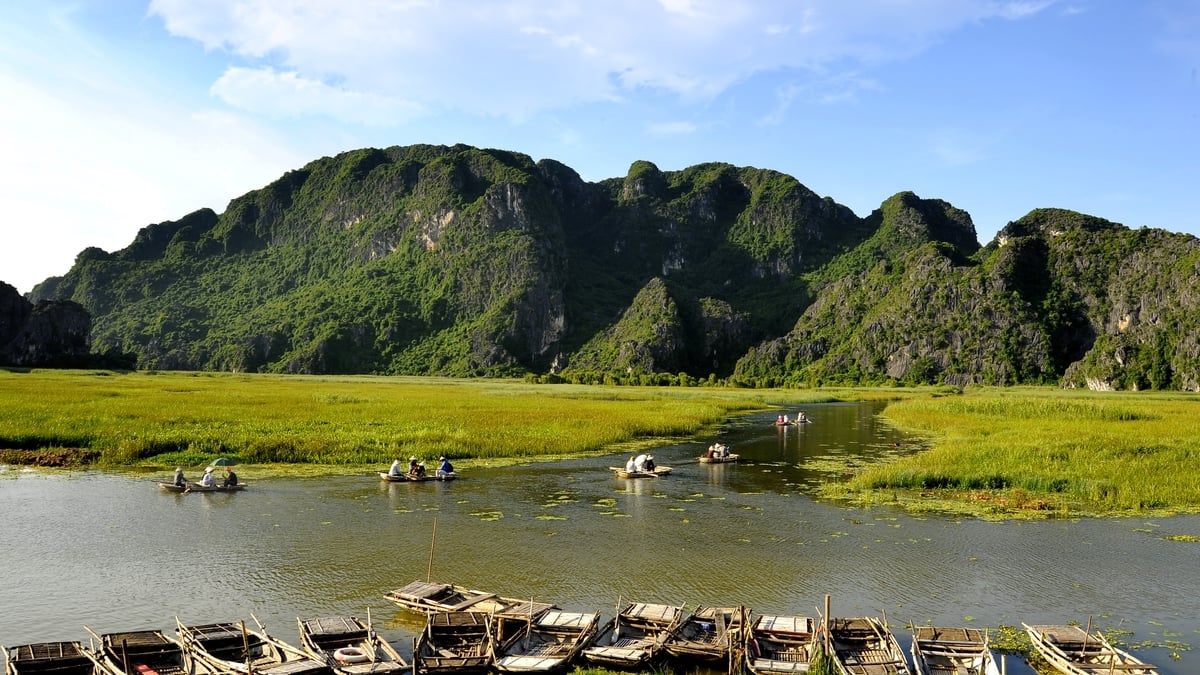
![[Photo] First training session in preparation for the parade to celebrate the 80th anniversary of National Day, September 2nd](https://vphoto.vietnam.vn/thumb/1200x675/vietnam/resource/IMAGE/2025/6/25/ebf0364280904c019e24ade59fb08b18)



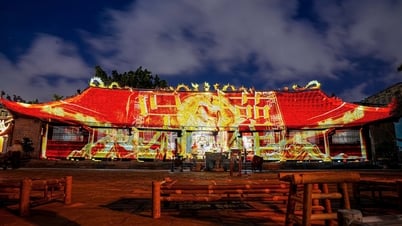

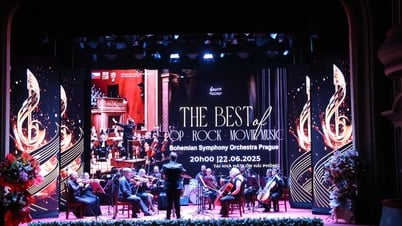






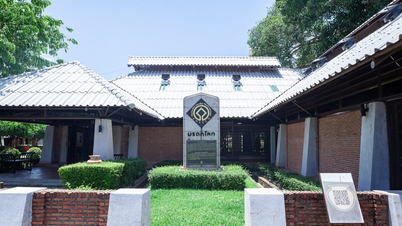
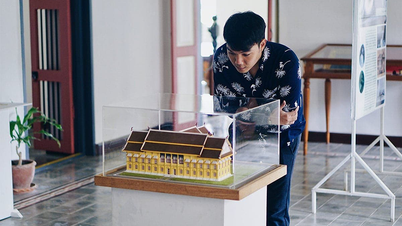
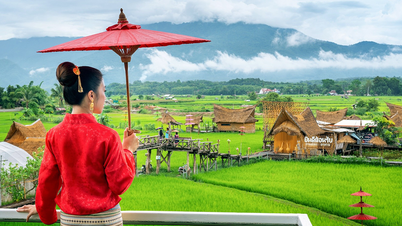
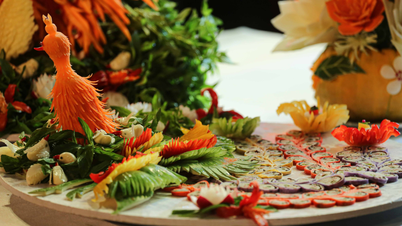
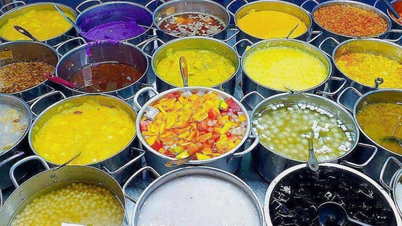






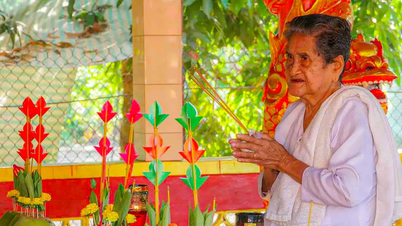






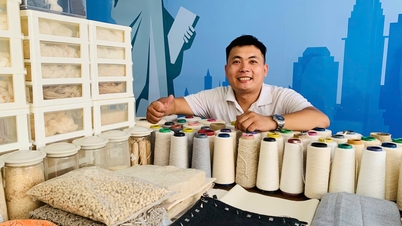

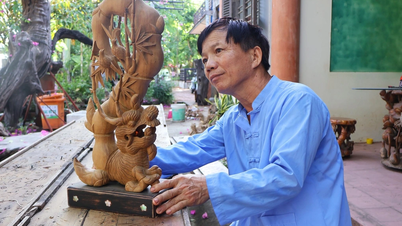








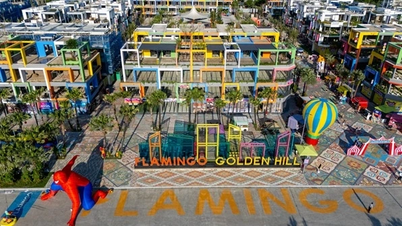






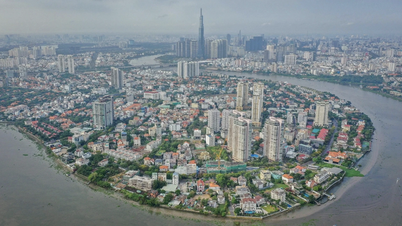
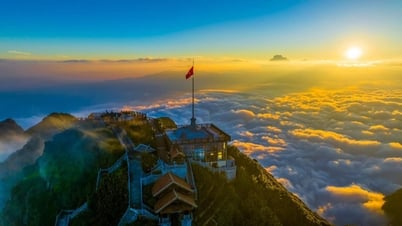

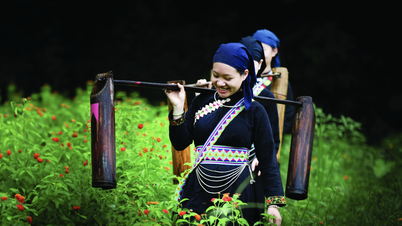

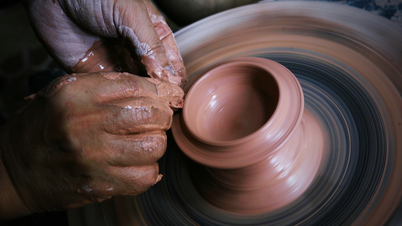






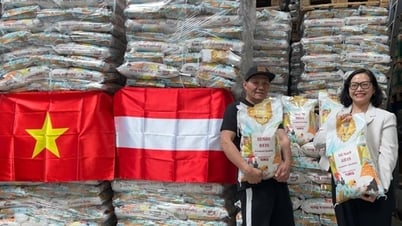

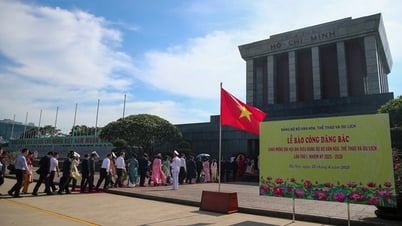
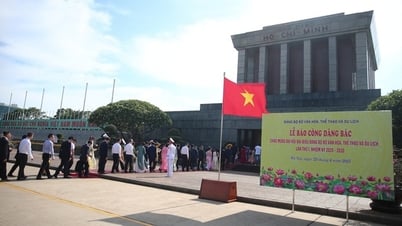
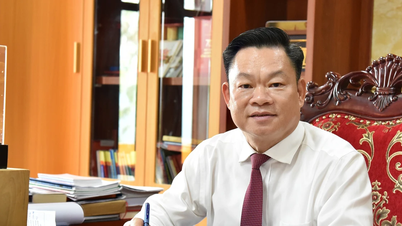

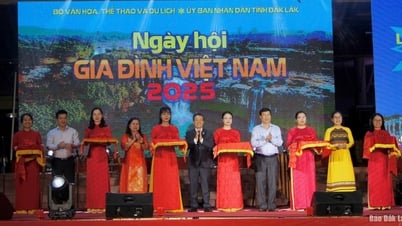

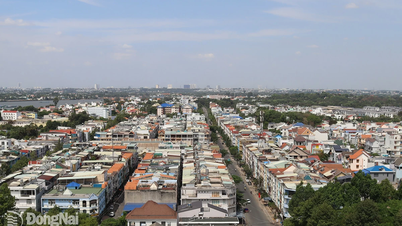




















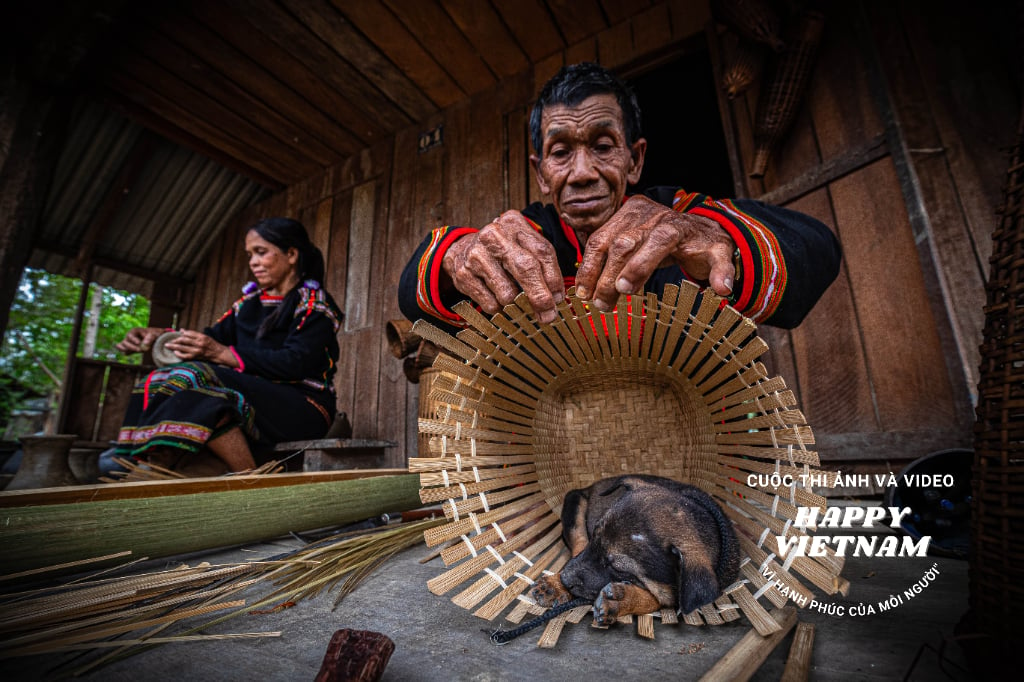

Comment (0)